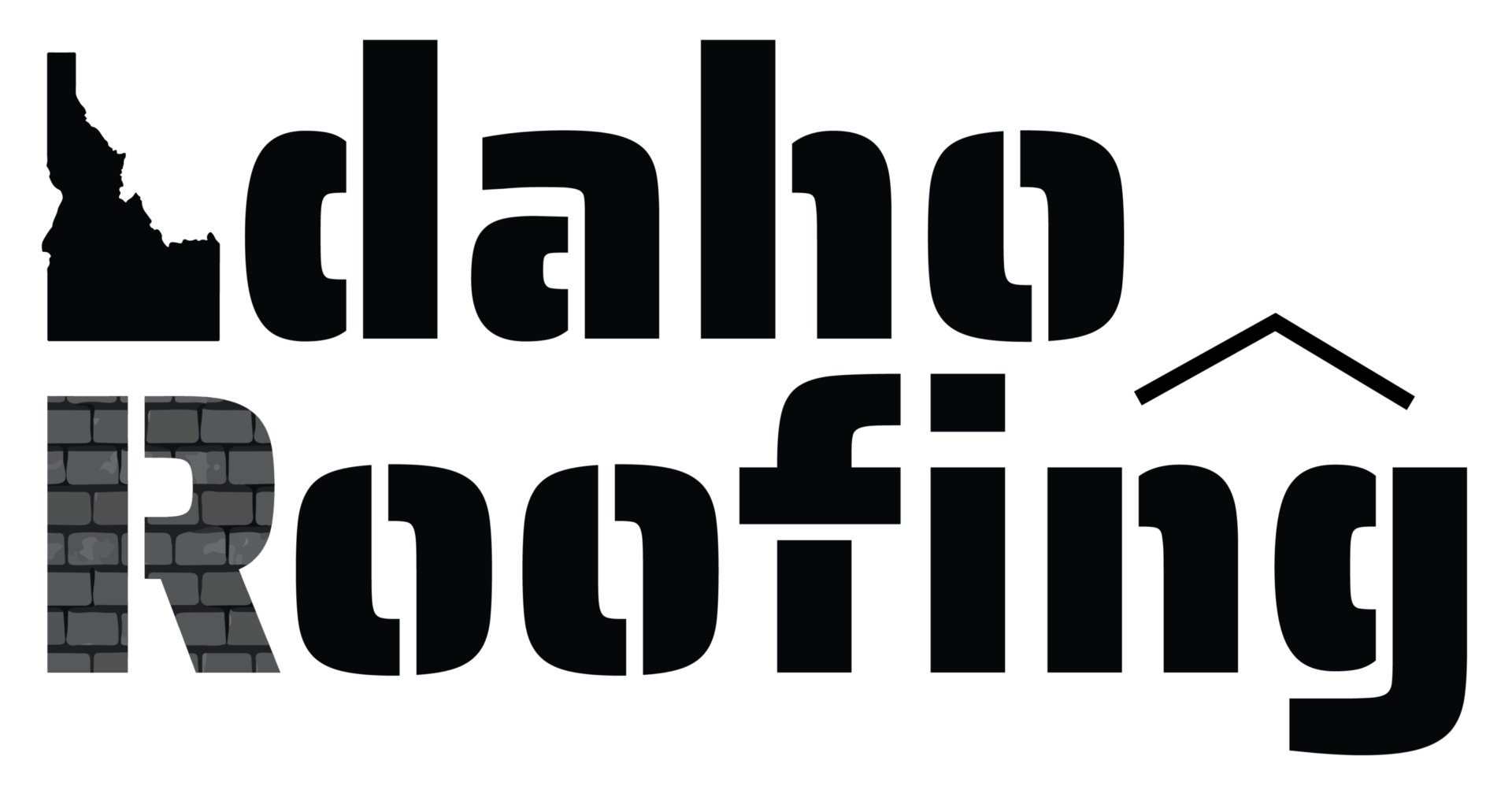Impact-Resistant (Class 3 & 4) Shingles in Eastern Idaho: Are They Worth It?
Impact-Resistant (Class 3 & 4) Shingles in Eastern Idaho: Are They Worth It?
Impact-resistant (IR) shingles are engineered to handle hail and wind-blown debris better than standard shingles.
In Idaho Falls, Rigby, and Rexburg—where spring winds and occasional hail roll through—Class 3 or Class 4 shingles can reduce storm damage risk and may qualify for insurer credits. Always confirm details with your carrier.
At a glance
- What “Class 3/4” means: Independent impact testing (UL 2218). Class 4 is the highest common rating.
- Why upgrade here: Straight-line winds and periodic hail can crease or fracture standard shingles.
- What to expect: Higher upfront cost, stronger mats/binders, and potential insurance considerations.
- Still needed: Proper installation, ventilation, and eave protection (ice & water shield).
What impact-resistant shingles are
IR shingles are typically architectural (laminated) shingles designed with modified asphalt and reinforcement to absorb impact without fracturing the shingle mat.
Ratings come from UL 2218 tests that drop steel balls to simulate hail. Class 4 withstands the toughest test level commonly used in residential roofing.
Quick comparison
| Feature | Standard Architectural | IR Class 3 | IR Class 4 |
|---|---|---|---|
| Impact resistance | Good | Better | Best (highest common rating) |
| Wind performance* | Strong when installed per spec | Strong | Strongest (often higher published ratings) |
| Upfront cost | $ | $$ | $$$ |
| Potential insurance credit** | Uncommon | Possible | More common (carrier-dependent) |
| Best fit | Calmer exposures, tight budgets | Some hail/wind exposure | Hail-prone areas, highest protection |
*Wind performance depends on manufacturer specs, fastening pattern, and ventilation.
**Discounts vary by carrier, policy, and documentation—always confirm with your insurer before purchase.
When IR shingles make sense in Idaho Falls, Rigby & Rexburg
- Recorded hail nearby: Neighbors or recent seasons with hail reports.
- Tree cover & debris: Branches or pinecones frequently strike the roof.
- Open exposure: Properties that see strong, sustained winds.
- Long-term ownership: You plan to stay and want fewer storm-related repairs.
Insurance notes (what to ask your carrier)
- Do you offer a premium credit for UL 2218 Class 4 roofs? Any forms or photos required?
- Will the credit apply to all slopes or only if the entire roof is upgraded?
- Does the policy include any cosmetic damage exclusions for metal accessories paired with IR shingles?
- What documentation should my roofer provide (material labels, invoice, photos)?
Installation details still matter
- Underlayment & eave protection: Synthetic underlayment plus ice & water shield at eaves/valleys.
- Starter & drip edge: Proper starter strips and continuous drip edge for wind and water control.
- Nailing pattern: Follow manufacturer and local best practices to meet regional wind conditions.
- Ventilation: Balanced intake/exhaust to help control ice dams and extend shingle life.
Free estimate and product options
We install impact-resistant shingles across Idaho Falls, Rigby, Rexburg, and nearby communities.
We’ll compare Class 3 vs Class 4 products, confirm installation details, and provide documentation for your insurer if needed.
Roof Replacement Service
Impact-Resistant Options
Request a Free Estimate
FAQs
Do impact-resistant shingles look different?
No noticeable difference from the ground on most brands. They’re typically architectural shingles with enhanced mats and binders.
Will Class 4 shingles lower my insurance premium?
Some carriers offer credits for UL 2218 Class 4 roofs, but programs vary by insurer and policy. Ask your carrier before purchase.
Do I still need ice & water shield with IR shingles?
Yes. IR shingles resist impact; ice & water shield protects against ice dams and wind-driven water at vulnerable areas.
Are IR shingles worth it if hail is rare?
If you have open exposure to strong winds, overhanging trees, or you plan to own the home long-term, IR shingles can still be a smart upgrade.



